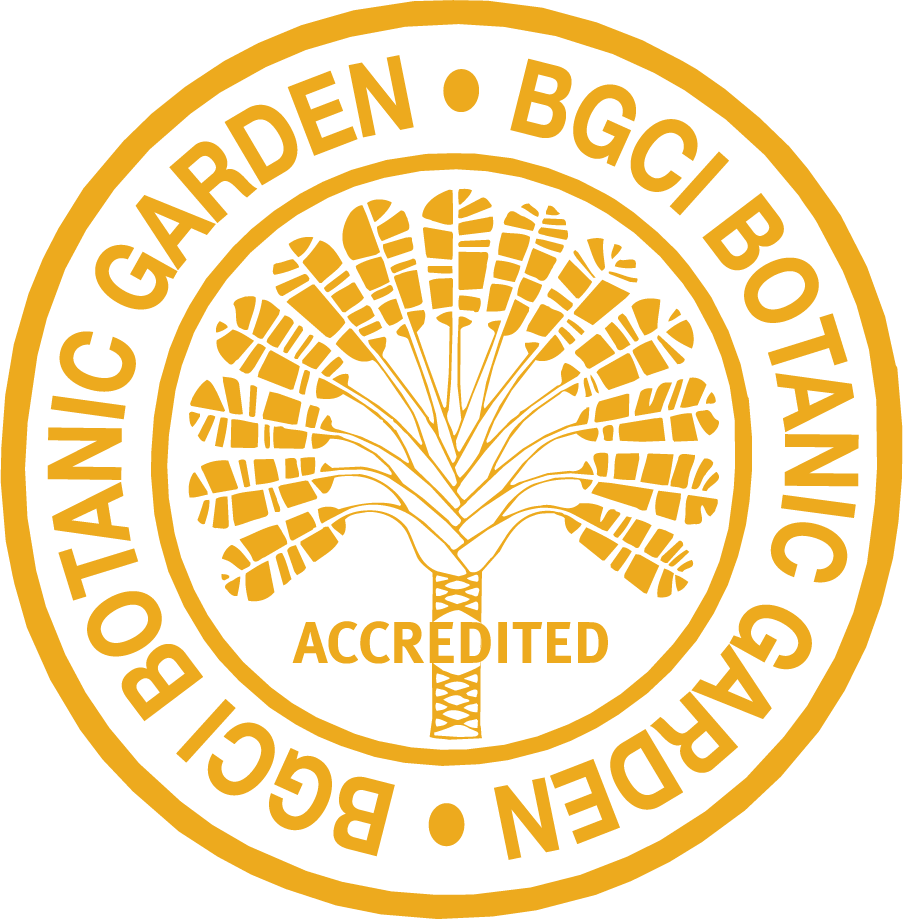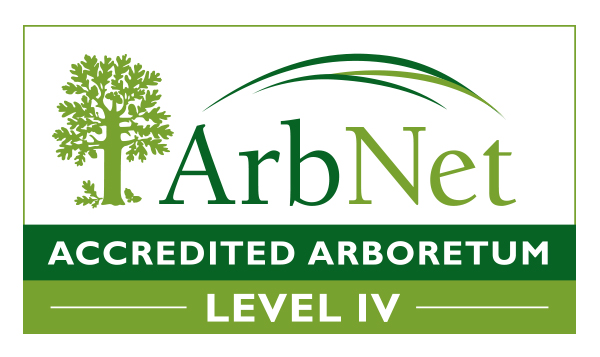For the last 6 years, Troy McMullin has been surveying our site for lichens. During his first visit, he found 25 species. By the time he had finished his 49th visit, he, along with help from his colleague Jose Maloles, had assembled a list of 104 lichen and allied fungus species, all found within our boundaries. And one of these lichens was new to science! Other discoveries include a species new to Canada and three that are the second or third records for Ontario. Nine of the species found are rare in Ontario with a ranking of S1 (critically imperilled), S2 (imperilled) or S3 (vulnerable).
So what makes The Arboretum so lichen-friendly? It appears that our diversity of habitats (which includes old-growth forests) and various substrates (such as calcareous rock, granitic rock and different types of tree bark) provide homes for our many lichen species. Furthermore, our site seems to be a refuge from city effects. Lichens are very sensitive to pollution and their diversity in cityscapes is low. The Arboretum contains many species of lichens that were not found anywhere else within the city limits.
The results of Troy's study show that urban parks and conservation areas can provide important lichen habitat. It is hoped that The Arboretum can be used as a baseline example for other cities to study local lichen diversity and use the results to protect and enhance their urban natural areas.

